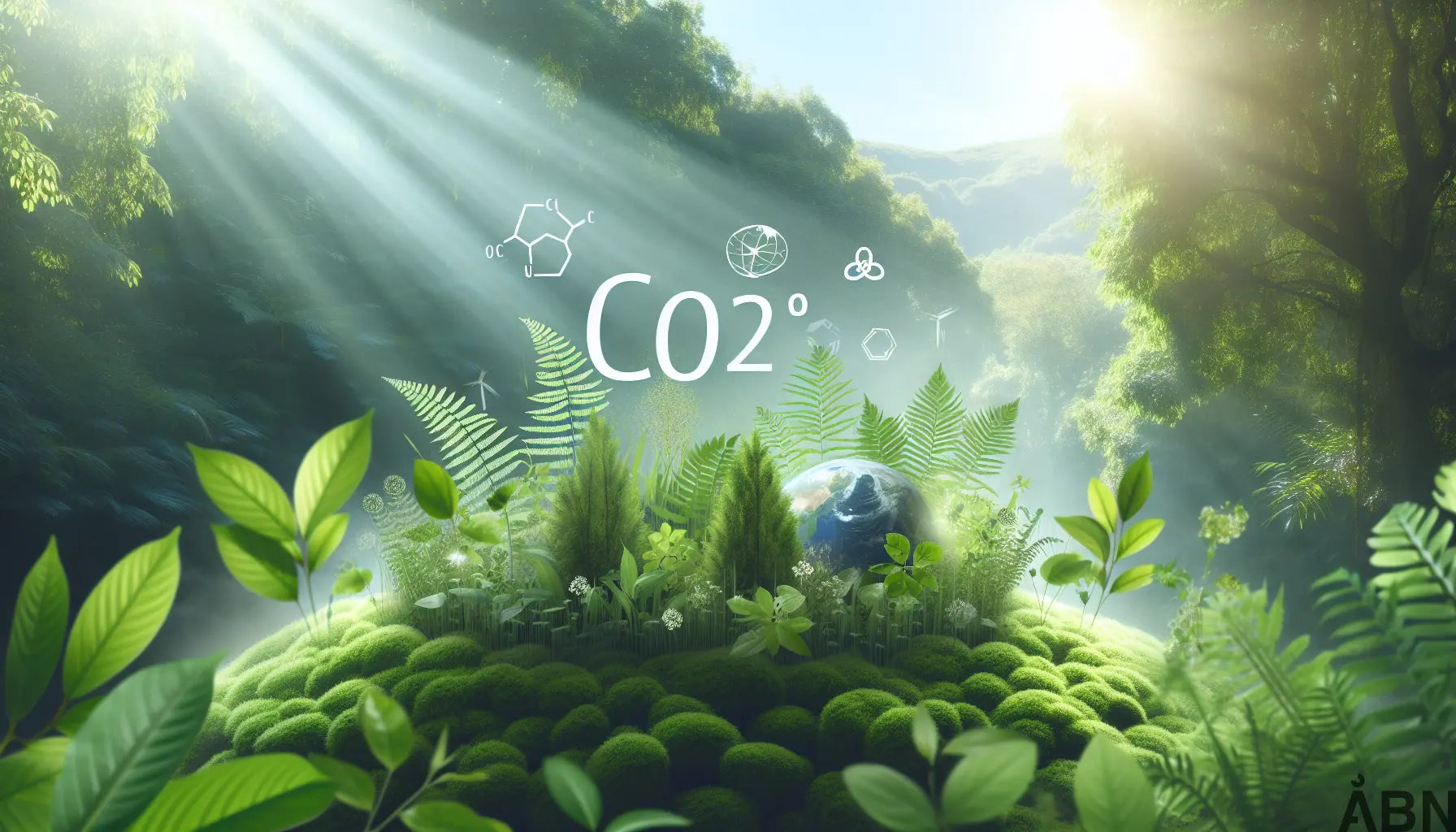Which plants absorb the most CO2?
Plants play a crucial role in combating climate change by absorbing carbon dioxide (CO2) from the atmosphere and converting it into oxygen through photosynthesis. But some plants are more efficient than others. In this article, we take a closer look at which plants absorb the most CO2 – and how you, as a business or individual, can use this knowledge to make a difference for the environment.
Why is CO2 absorption important?
CO2 is one of the primary greenhouse gases that contributes to global warming. The more CO2 we can remove from the atmosphere, the more we can mitigate climate change. Plants play an important role here as natural "carbon sinks", i.e. CO2 catchers. By choosing the right plants, we can increase CO2 absorption - in our gardens, in urban spaces or as part of larger afforestation projects.
The plants that absorb the most CO2
Below we review the most effective plants for absorbing CO2:
- Trees – Trees are among the most efficient CO2 sinks. Fast-growing tree species such as poplar, willow and birch are particularly good choices as they grow quickly and store large amounts of carbon in their biomass and roots.
- Bamboo – Bamboo grows extremely fast and binds large amounts of CO2. At the same time, it is easy to care for and can be used in many different climate zones.
- Green algae and marine plants – Underwater plants such as seaweed and algae are important CO2 collectors globally, as they cover huge areas and grow rapidly.
- Houseplants – While their impact is smaller on a global scale, houseplants like peace lilies, aloe vera, and ferns can contribute to better indoor air quality and absorb a certain amount of CO2.
How you can make a difference
Whether you plant trees in your garden, support reforestation projects or invest in green solutions, you can help reduce CO2 in the atmosphere. Many organizations – including ÅBN ApS – work with sustainable solutions and advice for both private and commercial customers.
Read how other companies have worked with CO2 reduction , and get inspiration on how you can get started yourself.
External resources and knowledge
If you want to read more about plants and their ability to absorb CO2, we recommend the following sources:
- IPCC – Intergovernmental Panel on Climate Change
- NASA – Climate Change and Global Warming
- The Carbon Trust
FAQ – Frequently Asked Questions
Which tree absorbs the most CO2?
Some of the tree species that absorb the most CO2 are poplar, oak, walnut and beech. These trees have a large crown, a lot of biomass and a strong growth rate, which makes them effective at sequestering carbon.
Do houseplants really help improve air quality?
Yes, certain houseplants like peace lily, aloe vera, and English ivy can filter harmful substances and reduce indoor CO2 levels to a limited extent.
How can companies reduce their carbon footprint by using plants?
Companies can invest in green roofs, plant pods, incorporate planting into urban spaces and support reforestation projects. See how ÅBN's solutions can help.
Is bamboo better than trees for CO2 absorption?
Bamboo grows faster than many tree species and can therefore bind CO2 faster per growing season. However, trees often bind more CO2 over time as they can become very old and large.









